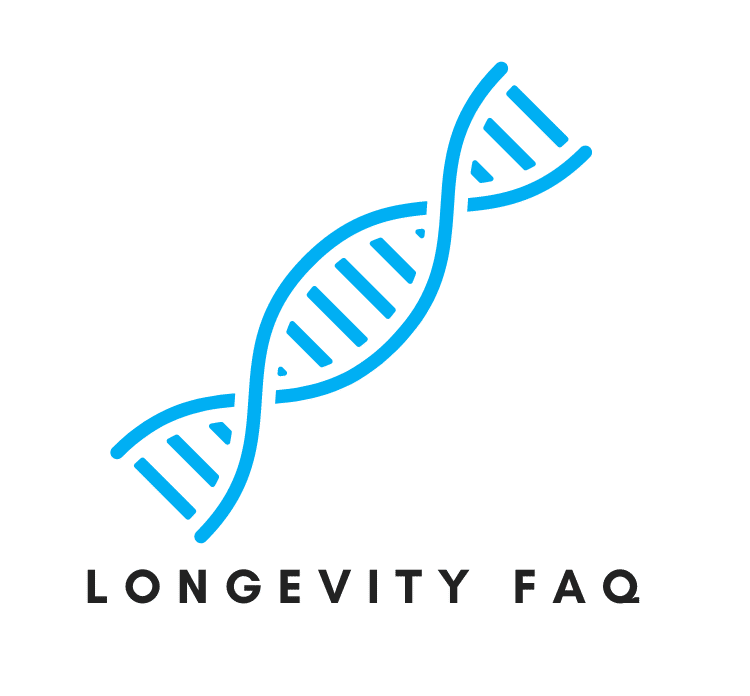
The Horvath Clock is a groundbreaking tool used to measure biological age based on DNA methylation levels. An epigenetic clock provides accurate age estimates across different tissues and cell types. The clock’s primary function is to determine an individual’s biological age, which may differ from their chronological age, and to help identify potential age-related health risks.
Invented by Dr. Steve Horvath, a professor of human genetics and biostatistics at the University of California, Los Angeles (UCLA), the Horvath Clock was first introduced in 2013. The invention was a collaborative effort involving numerous research team members from institutions such as UCLA, the National Institute on Aging, and the Max Planck Institute for Biology of Aging. The Horvath Clock has since become essential for understanding the biological aging process.
While the Horvath Clock was one of the first widely available and accurate Biological age tests, some new tests have gone further in accuracy; some of these tests include the TruDiagnostic test, the DNAge test, and the MyDNAge test. These tests measure patterns of DNA methylation in an individual’s genome, allowing them to assess the person’s biological age and potential age-related health risks.
The Horvath Clock is also mentioned in popular longevity books such as “Lifespan: Why We Age – and Why We Don’t Have To,” by David A. Sinclair and “The Longevity Paradox: How to Die Young at a Ripe Old Age,” by Dr. Steven R. Gundry. These books explore the science of aging and the potential for extending human health span through breakthroughs like the Horvath Clock.
In the below video, Dr. David Sinclair Explains the Horvath Clock in 2 minutes; well worth watching. I picked this video as a great intro to the longevity scene for new people.
Numerous research studies have referenced the Horvath Clock, highlighting its significance in aging and longevity. Some notable research includes a study published in the journal “Aging,” which showed that people with lower biological age, according to the Horvath Clock, had a reduced risk of developing age-related diseases. Another study in the journal “Genome Biology” demonstrated that lifestyle interventions, such as a healthy diet and exercise, could slow down the biological aging process as measured by the Horvath Clock.
